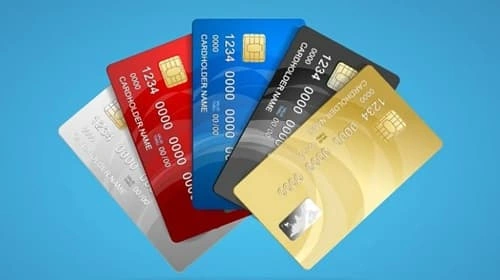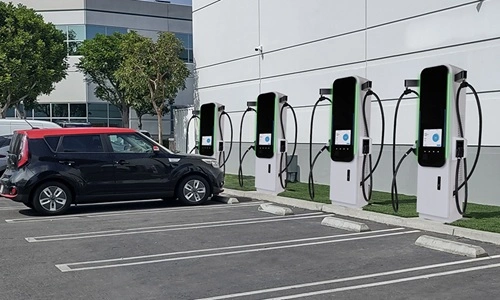The world is moving at a fast pace, where more and more people are understanding the potential of doing business rather than working a job. In this era, the competition is rising to new heights, and standing out is becoming difficult.
Finding the most effective strategy in this competition is challenging, but the bundling business model has shown effective results in various industries. Everyone comes across this strategy more often than they realise. A common place to find this strategy is in fast food chains, where a meal is bundled with beverages and high-margin items at an affordable price for a combo.
Bundling may seem like a marketing trick, but it is more than that. This approach influences more people psychologically, and if someone doesn’t like the option of getting the bundle, they have the option to buy selectively.

Bundling Business Model – Definition
A bundling business model is a sales strategy where two or more products/services are packaged together to sell as a single unit. The price is often lower than the sum of all individual items in the whole package.
The increase in value proposition encourages customers to spend more than they were planning to spend. At the same time, the bundle of more than one item increases revenue. It may seem that the combo may reduce the margin, but it is mostly the other way around.
Bundling business is effective as most bundles or combos are strategically made with products with high margins. Also, bundle products help sell dead stock, and customers do not realise that they are buying something they were not supposed to buy.
There are two types of bundling strategies used:
- Pure Bundling – Customers can buy the bundle, but do not have the option to get individual products.
- Mixed Bundling – Customers have the option to buy the bundle, or they can also choose individual items and make a combo of them. Customization in mixed bundling is sometimes tedious but also effective.
Common Examples of Bundling Business Models
The bundling business model is used across many industries, and below are the top 3 examples:
– Fast Food Combo
Fast food restaurant chains usually offer combo meals where you can get a burger, fries, and a drink at an affordable price as compared to buying each item separately. Most popular examples are McDonald’s, Burger King, KFC, and Domino’s.
– Software Packages
Companies sell bundles of applications for people in different industries, and it is usually helpful in saving money. Companies like Microsoft sell bundle applications like Word, Excel, and PowerPoint. Adobe Creative Cloud is another example of the same model.
– Telecom and Internet Plan
One of the most common bundling business models is used in the Telecom sector, where companies sell bundle plans like Internet and Unlimited calling for a specific period. If customers buy each plan separately, then it is usually expensive.
Advantages of Building a Business Model
The bundling business model is not only helpful to customers, but it has also shown a positive impact on sales numbers. Below are some key advantages of building a business model:
1. Boost Sales and Revenue
Businesses with a well-planned bundle strategy can notice a boost in sales numbers, and it is visible through overall revenue. This strategy encourages customers to spend more, and it also makes customers take impulsive decisions. Even if it becomes effective in selling slow-moving inventory.
2. Improve Customer Perception
The customer is king, and ensuring customer satisfaction can take the business to another level. When a customer buys a combo, the perception of value enhances in the customer’s mind, which leads to word-of-mouth marketing.
3. Encourage Product Trials
There are many times when a business launches a new and effective product, but customers don’t risk spending on a new product. To encourage people to try a new product, a Bundle or combo is an effective way.
4. Competitive Advantages
To stand out from the competition, the best value proposition in a bundle is the most effective way. Competition can win on many grounds, but if you offer the best value, you can find a large audience coming your way.
5. Simplified Marketing
When you are selling multiple products altogether in a bundle, advertising becomes easier and cheaper. There is no need to advertise for a single product, and this simple method can save plenty while attracting customers with the combo offer.
However, a brand or business needs to focus on a well-planned combo that not only attracts customers but also ensures a quality experience. Making sure that the business is also generating great revenue without the need to increase productivity too much.
Disadvantages of the Bundling Business Model
Even though bundling has many perks, there are multiple challenges that a business has to deal with. These complications are as follows:
1. Lower Margins
Bundling or combo offers are effective on products that offer a healthy margin to the business. A product with a negligible margin is not preferred for a combo offer. As a combo offer is available at the discounted price, high-selling products are not usually made part of such a combo.
2. Potential Waste for Customer
As mentioned before, customer satisfaction is the primary focus of bundling or combo offers. If the combo is not satisfactory, then the letdown may cost the loss of loyal customers. On the other hand, customers may feel forced to buy items they don’t want in the bundle.
3. Inventory Management
The big burden with the bundling business model is maintaining inventory. If any item of the combo is out of stock, then it may delay sales for the entire bundle, and it may make the customer go to your competition.
4. Not Always Effective
In a case where the products in the bundle are not related, the bundling strategy doesn’t work. The mismatch of items annoys customers. You can understand with a simple example that if a company is offering a combo on beverages, you can buy a soft drink and a hot beverage in a combo.
Bottom Line
The bundling business model has stood the test of time because it aligns the needs of businesses and customers. For customers, it offers better value and convenience. For businesses, it drives sales, promotes lesser-known products, and can set them apart in competitive markets.



